Every building has an entrance; some are more distinctive than others. Some are modest, some are grandiose; some blend in with their facades, some are colorful attention-getters. Here are some of my favorite Manhattan doors.
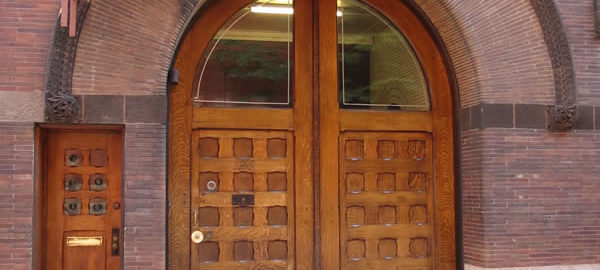

Every building has an entrance; some are more distinctive than others. Some are modest, some are grandiose; some blend in with their facades, some are colorful attention-getters. Here are some of my favorite Manhattan doors.
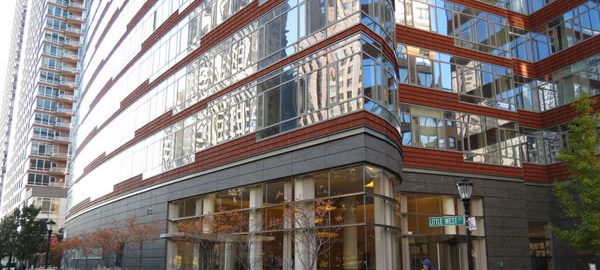
Battery Park City was built on landfill – the ground removed for the original World Trade Center excavations.
The architecture, naturally, is all new – post-1980. But the interesting part of Battery Park City is how its apartment and commercial buildings have been combined with green space: there really is a park in the middle of Battery Park City.
The Esplanade is the park’s backbone, running from Battery Place up to Chambers Street along the Hudson River. It is a link in the growing “Greenway” bike/pedestrian path along most of New York’s waterfront.
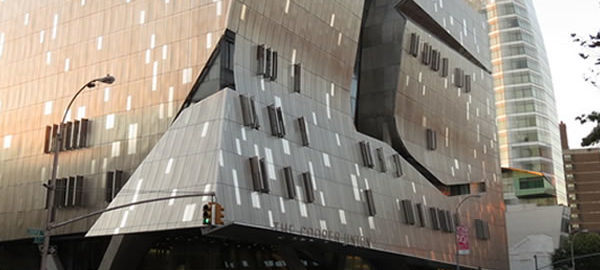
The Cooper Union Foundation Building has New York City and National landmark status, as the first building in the U.S. to use steel beams. Across the street on Cooper Square is the equally striking Arthur Nerken School of Engineering. Next door is sail-shaped Cooper Square Hotel.
It seems that every block in the area has a landmark – or future landmark – building. Hey, even the local K-Mart is in a landmark building, the former Wanamaker Department Store Annex.
Here’s a brief tour to whet your appetite.
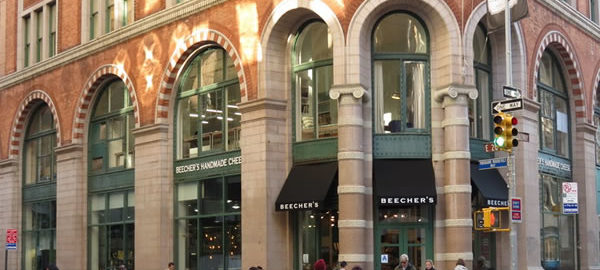
The Flatiron Building is a New York City icon, set amidst scores of other midtown architectural landmarks. Although there are dozens of other landmark-quality buildings in the vicinity, the neighborhood is often referred to as “the Flatiron District.”
Here is a small sample…
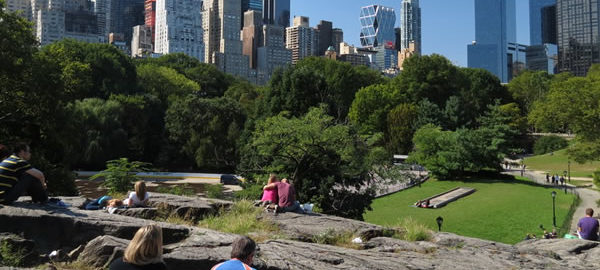
Central Park is a magnificent piece of architecture – parkitecture, if you will – for make no mistake, the 843-acre landmark is man-made, constructed in 1858-1873. It was designed by Frederick Law Olmsted and Calvert Vaux, the same team that later designed Brooklyn’s Prospect Park. You could easily take a week or two to explore all of Central Park’s nooks and crannies – there are close to 200 named attractions within the park.
While it may seem strange that a park should be engineered, there is method to the madness. For example, entrance paths were laid out with sharp turns so that a screen of trees was quickly placed between the visitor and the city. Cross-park traverses at 66th, 79th, 85th and 97th Streets were sunk below grade level to make them disappear into the landscape.
This “Grand Tour” of 100+ slides covers the high points – but we’ll need several installments to really show the entire park. You may be interested in the companion gallery, focusing on Bethesda Fountain.
You may also be interested in learning more about Central Park from Central Park Conservancy, the private non-profit group that maintains the park in cooperation with New York City. Visit their site at www.centralparknyc.org.
Enjoy!
Getting There: Central Park is surrounded by 15 subway stations: N, R, and Q at Fifth Avenue/59th Street; A, B, C, D, and 1 at Columbus Circle; B and C along Central Park West at 72nd, 81st, 96th, 103rd and 110th Streets; 2 and 3 at Lenox Avenue/ 110th Street; 4, 5, and 6 along Lexington Avenue at 59th, 68th, 77th, 86th, 96th, 103rd and 110th Streets (walk 3 blocks west). Paths are NOT well marked. If you want to explore, you really need a detailed map! Make The Dairy/Visitor Center your first stop. It’s just south of the 65th Street Transverse, about midway through the park.
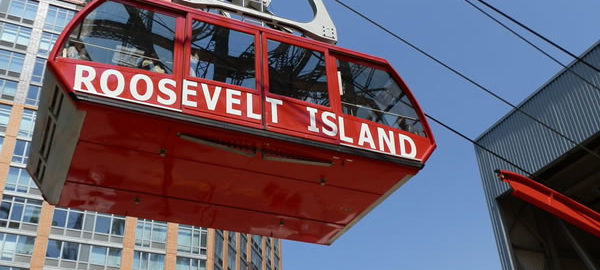
One-time farm, one-time prison/insane asylum/smallpox hospital, Roosevelt Island is still developing, still growing as a residential community.
Located in the East River between Manhattan and Queens, the tract is technically part of Manhattan, but linked by bridge to Queens.
For more of the history, visit the Wikipedia entry.
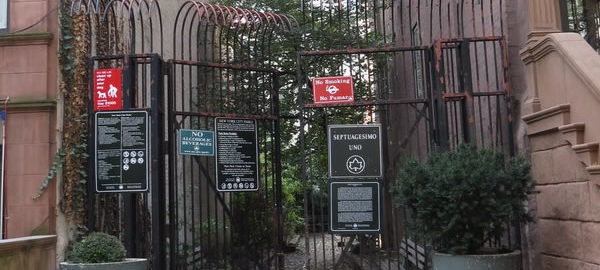
It may not qualify as New York City’s smallest park, but I’ll bet it’s the only park with a Latin name (which means 71).
Septuagesimo Uno is among the “vest pocket parks” created during the Mayor John V. “Fun City” Lindsay administration. (The mayor is, unfortunately, better known for poor handling of a snowstorm cleanup.) A sign on the park’s front (and only) gate tells all.
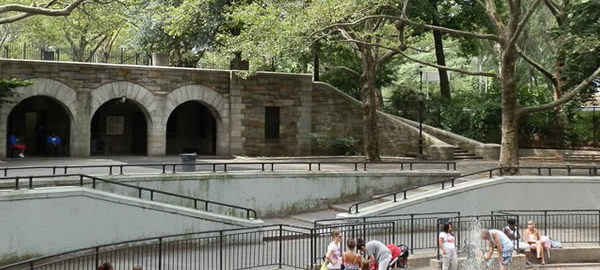
Riverside Park is another creation of Frederick Law Olmsted and Calvert Vaux – the powerhouse team who also designed Central Park and Prospect Park.
Riverside Park extends from 72nd Street to 158th Street along the Hudson River. It was built in 1875-1910; Robert Moses expanded and enhanced the park during the 1930s – adding the Henry Hudson parkway and covering up the former New York Central tracks, which had cut off access to much of the park. In the 1990s, Riverside Park South was created over the former Penn Central rail yards, in a Donald Trump-led development. (This photo gallery covers Riverside park’s main section, 72nd-125th Street.)
More information is available at the Parks Department and Riverside Park Fund sites: www.nycgovparks.org and www.riversideparkfund.org/.
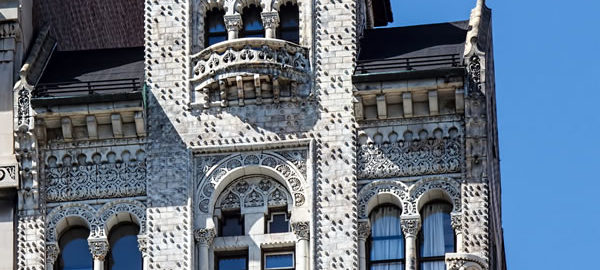
Union Square is ever-changing, though many surrounding buildings have stayed the same.
At one time known for political rallies and the annual May Day rally, the park was overrun by druggies in the ’70s. Union Square has since been cleaned up – figuratively and literally – with new fences, new landscaping and new pavement from East 14th Street to East 17th Street. The peddlers are still out in force, though their products are now veggies, art and souvenirs instead of drugs.
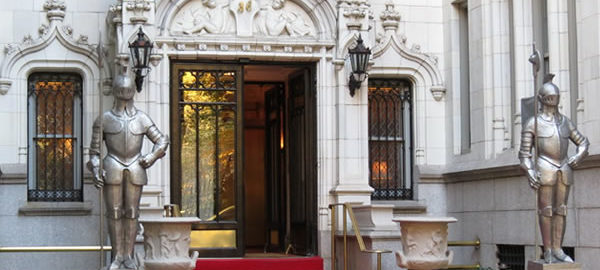
Gramercy Park is a private park between E20th and E21st Streets, ending Irving Place and beginning Lexington Avenue. The park is restricted to tenants of the surrounding buildings; a high fence and locked gates keep it that way.
Much of the surrounding area is part of the Gramercy Park Historic District. The park itself is closed to the public, so this gallery is devoted to the beautiful architecture.
Enjoy! And visit!